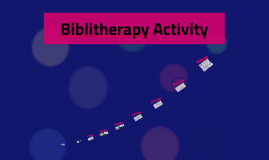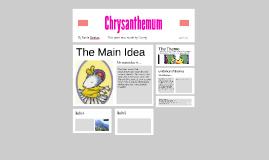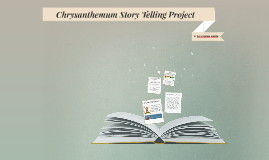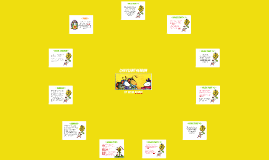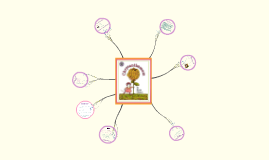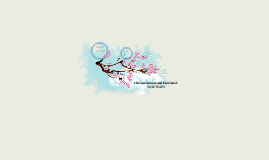chrysanthemum
Transcript: Poems Poems Cinquain, Diamonte, haiku, sonnet haiku lily-of-the-valley like our-lady's-tears the sorrow falls from her eyes when the sun shines no more imagery: visually descriptive Cinquain Hyacinthoides nonscripta Bluebells everlasting Like dark fairy powers The feeling of magic flowers Harebell simile: comparing something using like or as Diamante forget me not forget-me-not fidelitous, constant loving, respecting, promising blue, remember, loss, difficulty forgetting, speaking, troubling mad, affected dementia personification: giving huma characteristics to something not human. tone: a voice or feeling of something. Elle etait une Larkspur Topic Elle etait une fleur. She was my larkspur. Blood fell onto her violet petals. She looked loving and smelt of brown sugar. I heard a horrendous sound, the death knells. I loved her, my screams spilled from my lips. My heart swelled in agony, larkspur. She loved the moon, her smile an eclipse. I remember her eyes, why is it over. I loved her dearly but I can't no more. Elle etait une fleur, I a fern. It feels like a dream, a folklore. A beautiful jar on the desk, her urn. She was a flower, a larkspur in May. Without her my life is empty and grey. metaphor: comparing something without like or as. symbolism: something that represents something meaningful. irony: saying something and the opposite happening. hyperbole: a big exaggeration. onomatopoeia: a word that represents a sound. work cited Topic "Flower meanings: The Language Of Flowers"Yankee publishing ink 2022. 10 Feb. 2022. https://www.almanac.com/flower-meanings-language-flowers "Thesaurus and word tools for your creative needs" Word hippo. 2022. 10 Feb. 2022. https://www.wordhippo.com/ "Poetry types" Shadow Poetry. 2013. 10 Feb. 2022. http://www.shadowpoetry.com/resources/wip/cinquain.html "Poetry with prezi requirements" Prezi. 2022. 10 Feb. 2022. https://prezi.com/dashboard/next/#/all






